Heat Shrink Tubing: Essential for Automotive Professionals
Heat shrink tubing is an indispensable tool for any automotive mechanic, providing reliable electrical insulation and protection for wire harnesses and connectors. Its versatility extends beyond basic wire protection; it's crucial for creating custom wire loom assemblies, ensuring proper grounding, and improving the overall durability and longevity of electrical systems within vehicles. Properly applied heat shrink tubing offers superior weather resistance, preventing corrosion and short circuits that can lead to costly repairs. Using the correct diameter and appropriate shrink ratio is critical for achieving a secure and professional-looking finish. The material’s flexibility and ease of use make it a time-saving solution for both simple repairs and complex wiring installations.
Key Features and Applications
Different sizes and materials of heat shrink tubing cater to various needs within automotive repair. Choosing the right gauge and material—such as vinyl, silicone, or radiation-crosslinked polyethylene—depends on the application and the environmental conditions. For instance, high-temperature heat shrink is perfect for engine bay applications, while standard vinyl tubing suffices for less demanding situations. Mechanics use this tubing for wire splicing, terminal protection, color-coding wiring harnesses for easier diagnostics, and securing connectors against moisture and vibration damage. Its ability to provide a neat and organized appearance also contributes to professionalism and efficiency. Properly sized heat shrink tubing ensures a durable, reliable, and visually appealing finish to all electrical repairs, improving the overall quality of workmanship. Selecting the correct tool for applying heat, like a heat gun, is crucial for achieving optimal results and avoiding damage to the tubing or surrounding components.

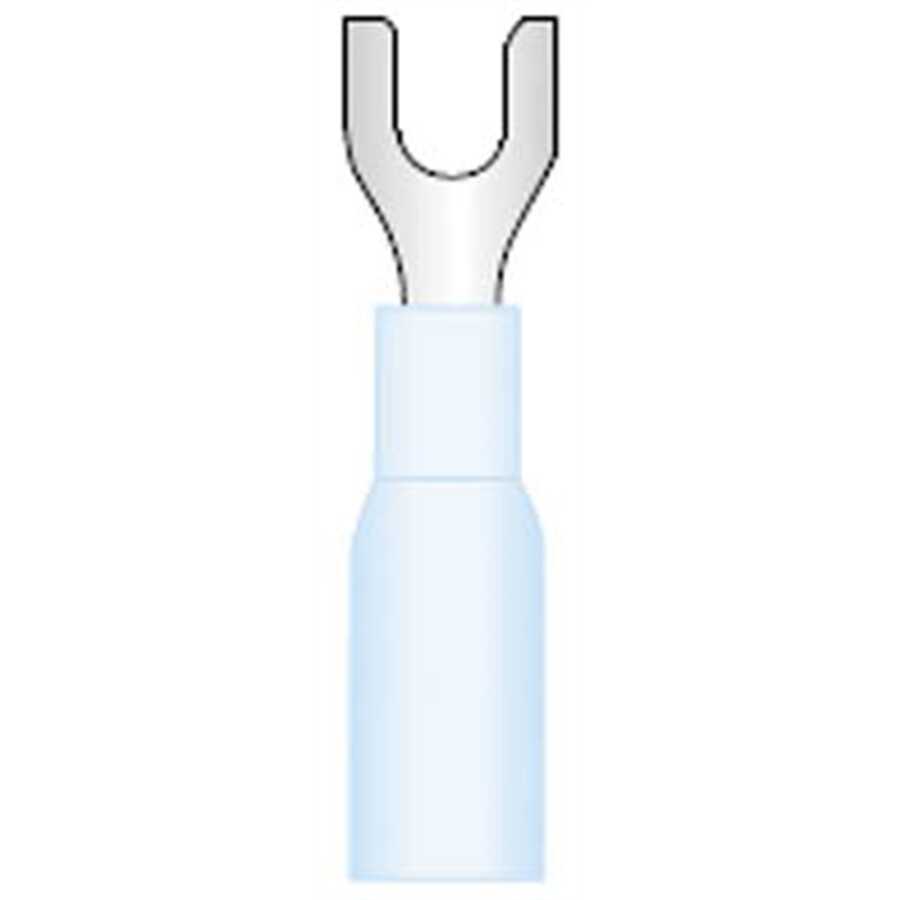
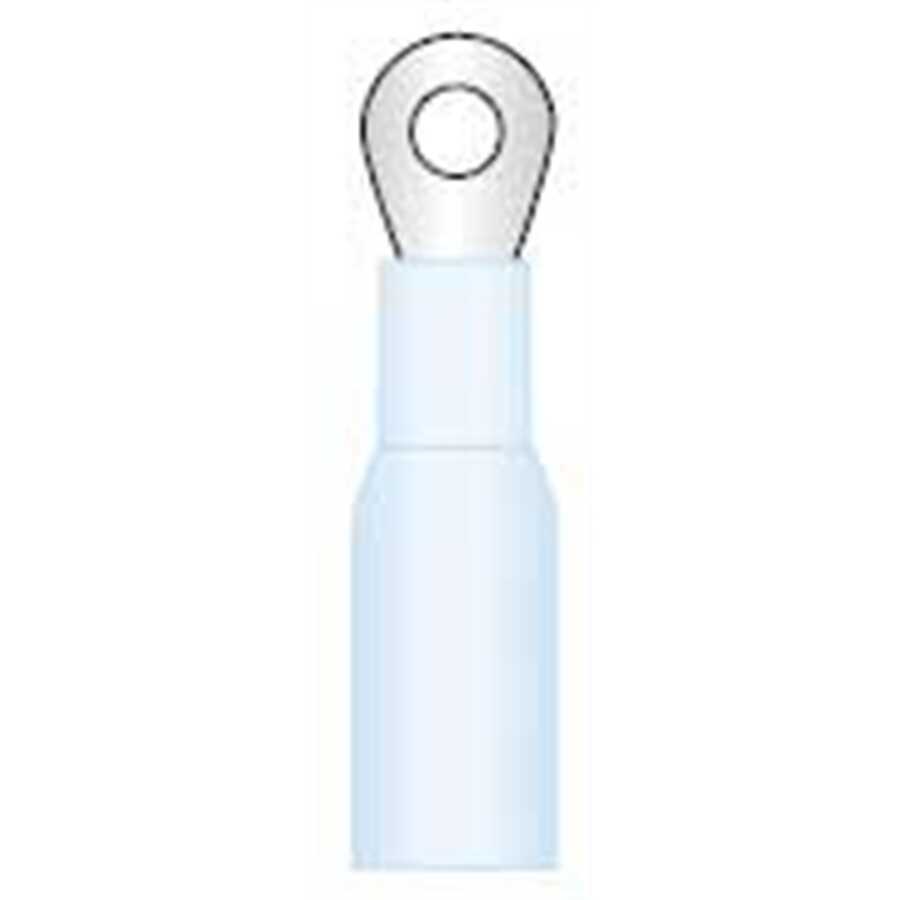
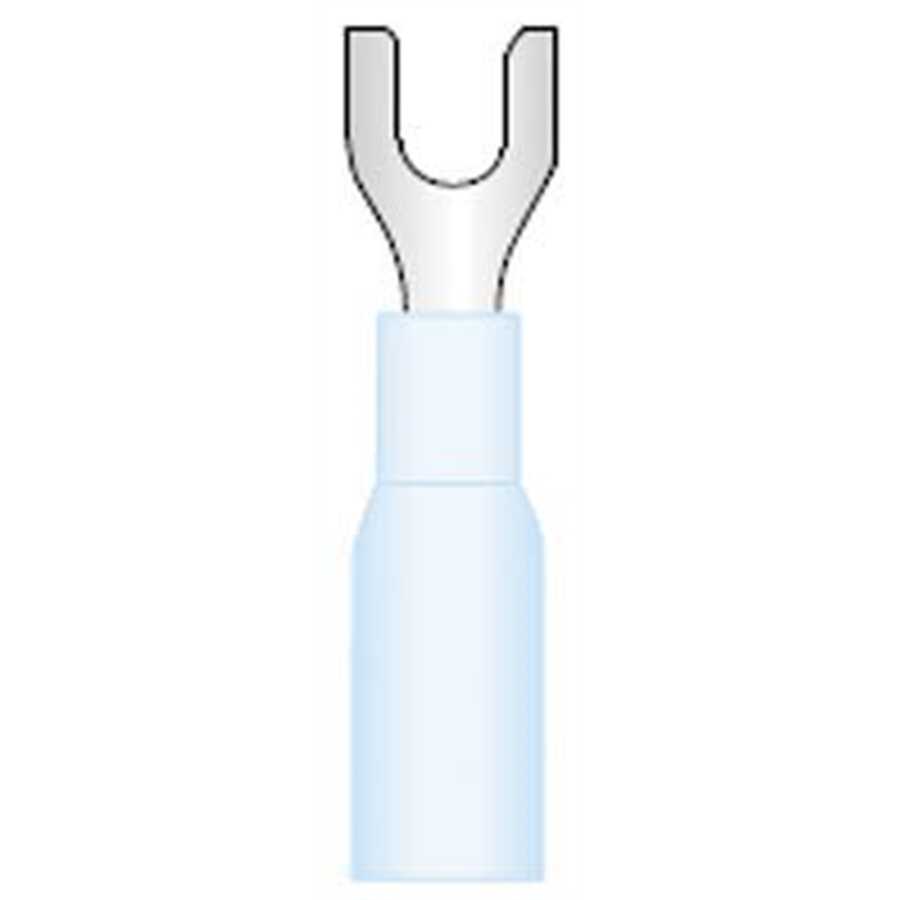
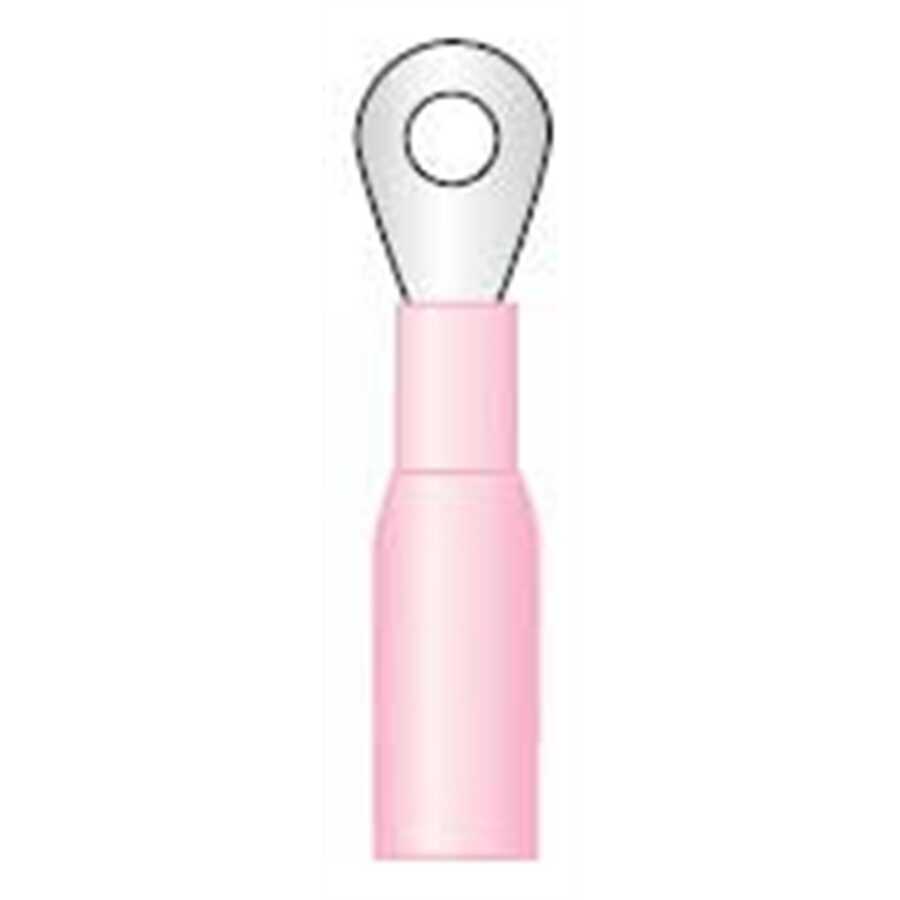
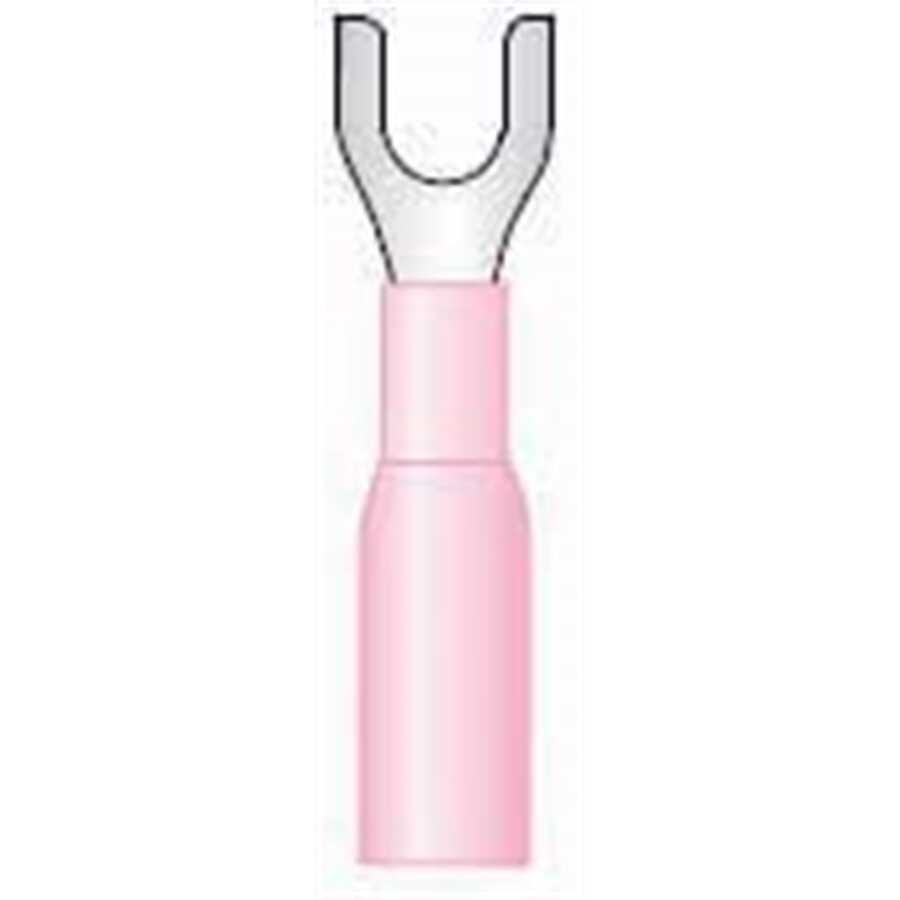
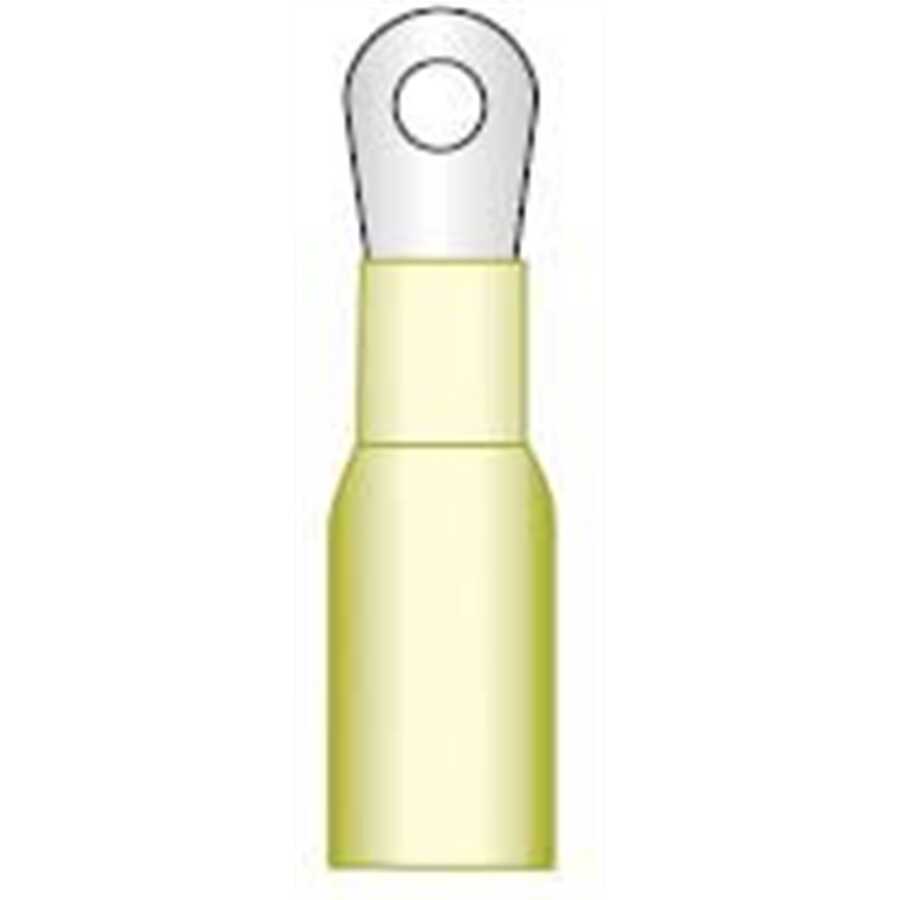

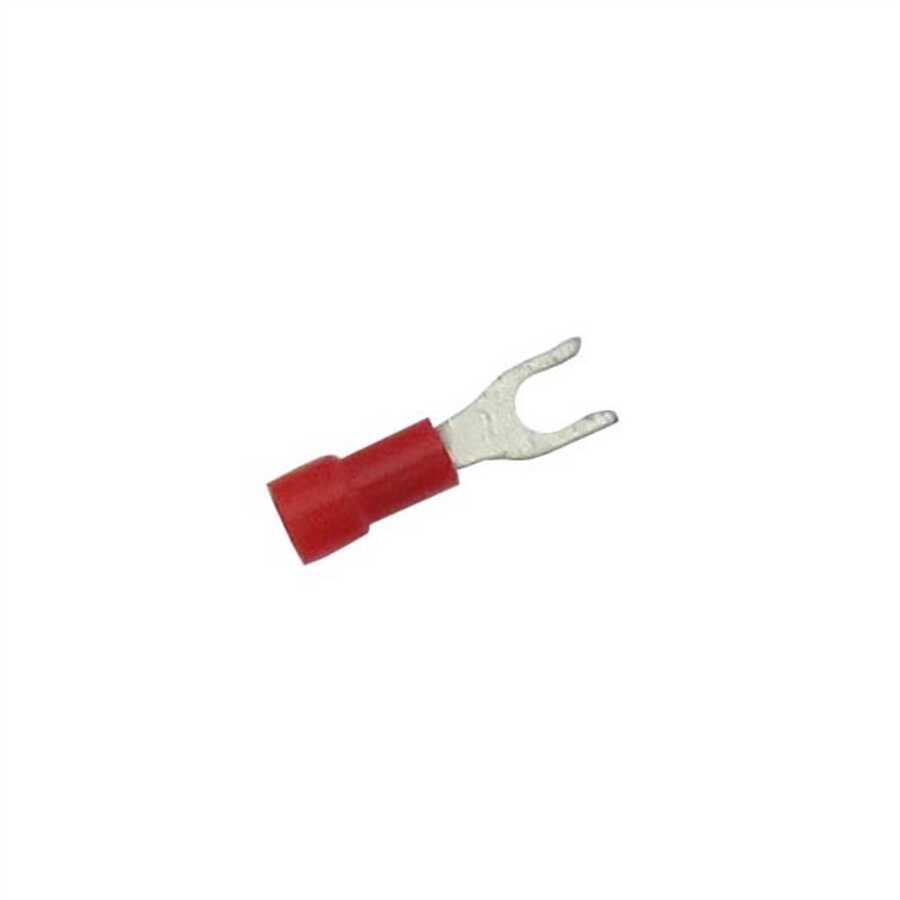
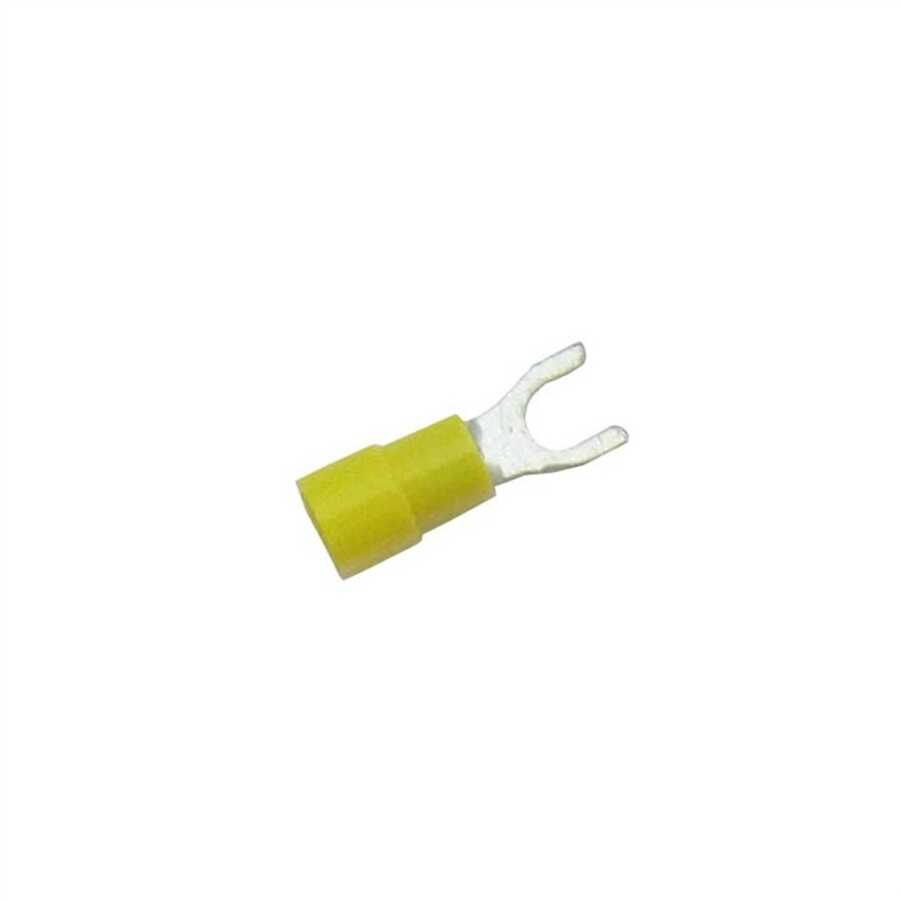
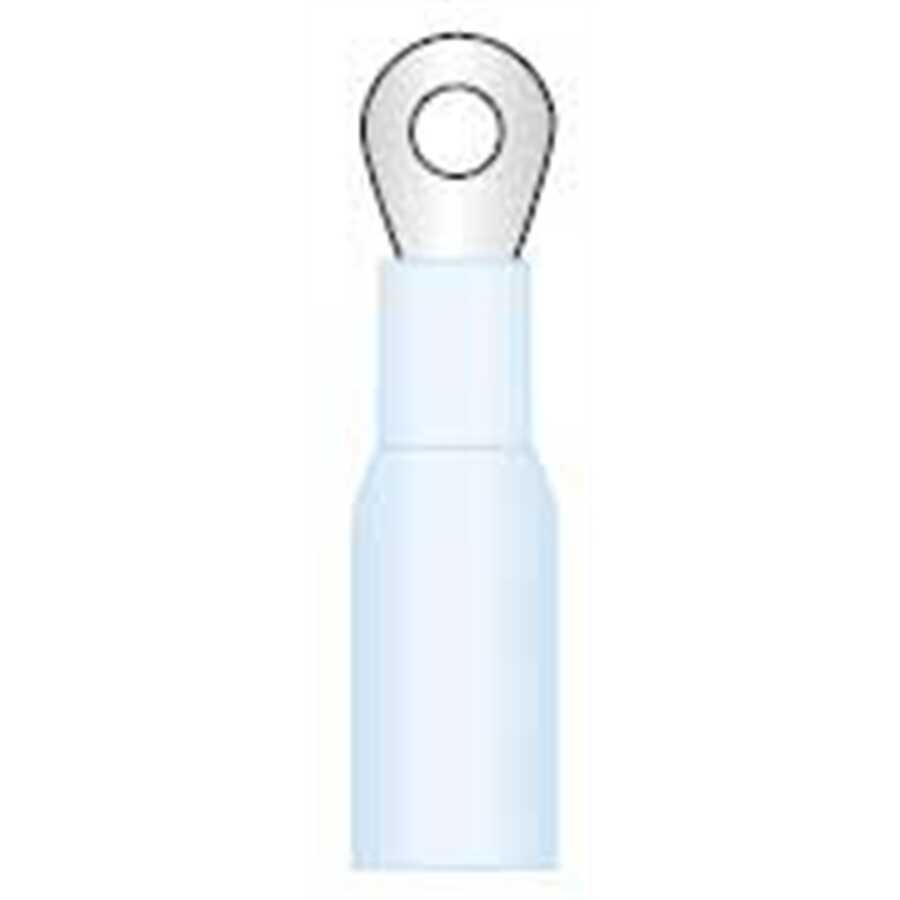
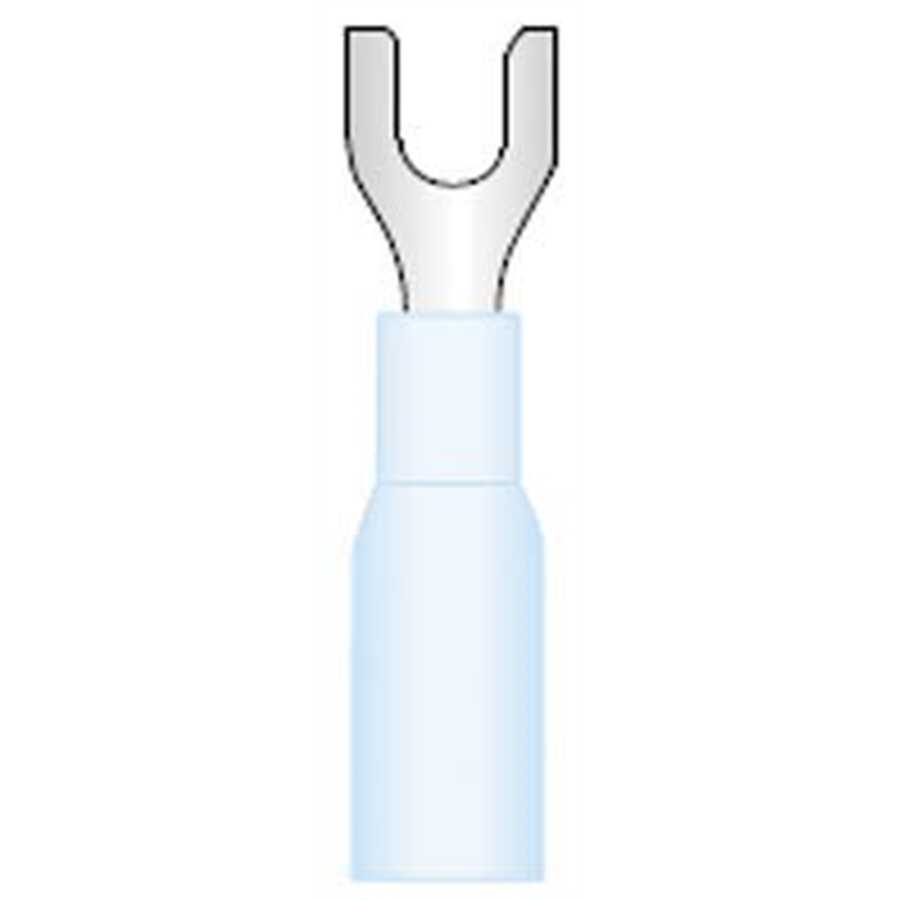
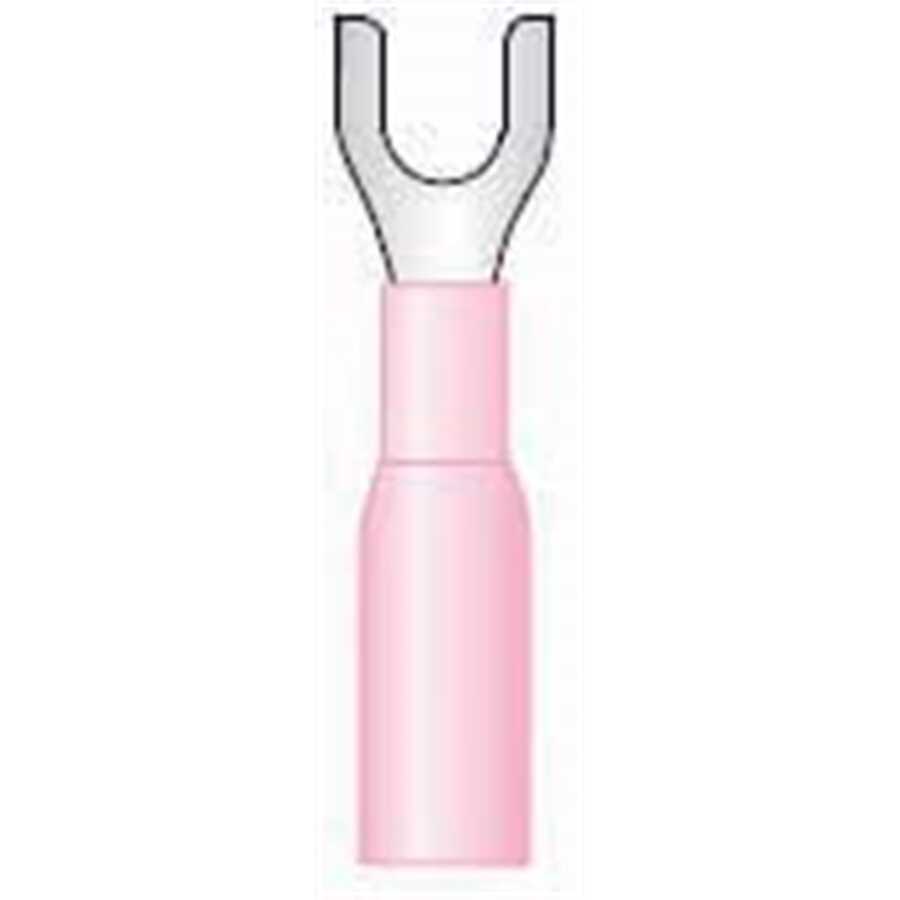





Follow us on social media